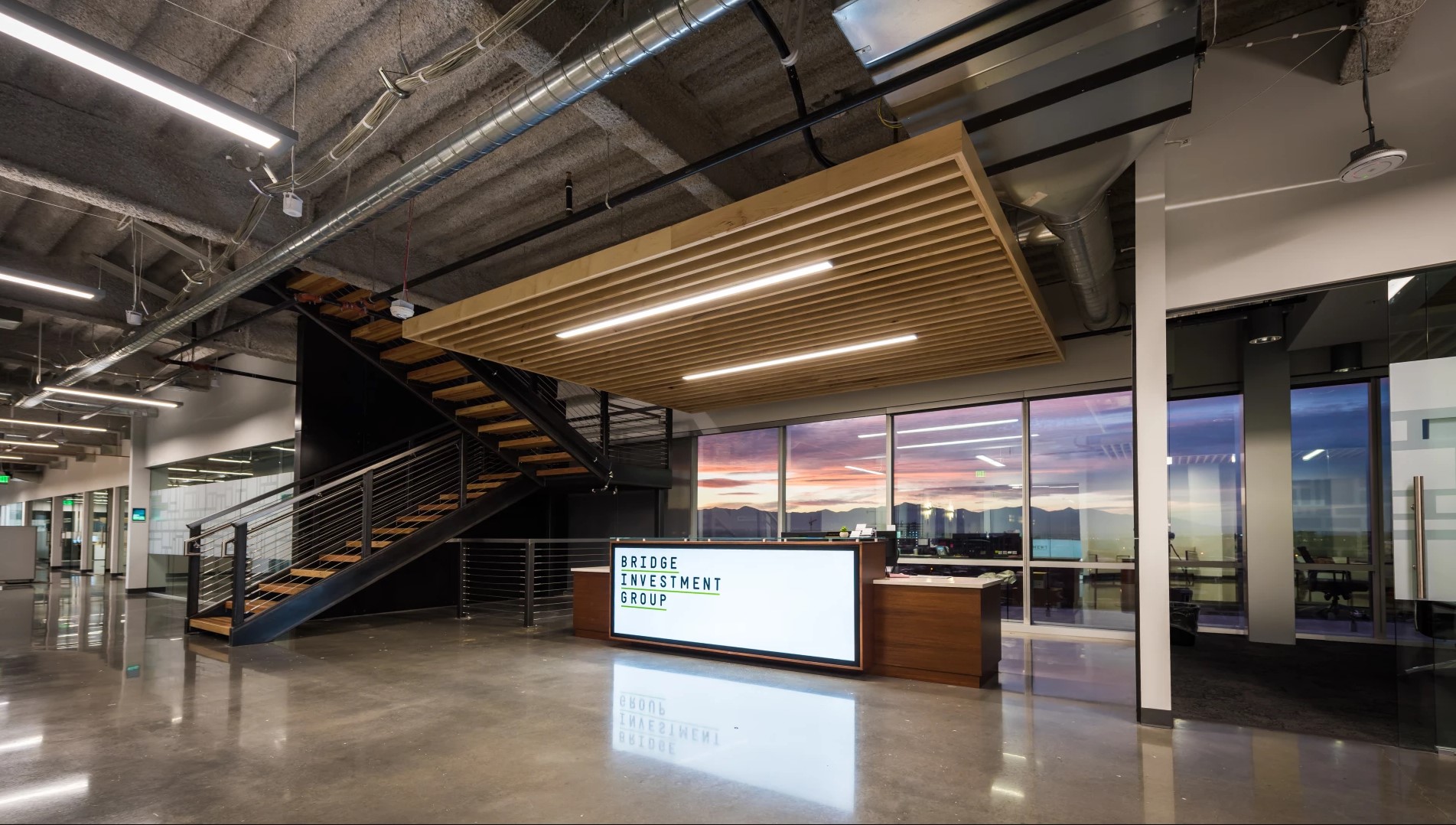This Week’s Developments in the US Economy
The Potential for a Goldilocks Economy—Not too Hot, Not too Cold
Over the past year, our thematic focus on Conviction centered on three core areas supporting US economic resilience: how the labor market supports consumer activity, how consumer activity translates into a persistent demand for infrastructure, and how the demand for housing has reinforced economic activity overall. During the past few weeks, we have seen indications that support strengthening fundamentals—especially over the past week with new releases on spending and housing market data. All this comes on the heels of the latest CPI inflation print, which shows that core inflation, minus the shelter component, came in below two percent (see accompanying visual). We examine what these readings suggest not only with respect for demand, and with regard to inflation how long we might see this lagged shelter indicator prop up an inflation reading that is otherwise at-target.

Consumer activity continues to be robust but not overheated
Recently released retail sales data, in addition to the month-over-month growth seen since July, are indicative of sustained growth driving economic resilience, which goes hand-in-hand with the robust job market. The uptick in retail spending year-over-year is evident across the board with most categories of spending experiencing growth. However, in comparison to overheated levels seen in late 2021 and preceding inflation growth, consumer activity levels are more align with what we view as sustainable growth (see accompanying visuals).

As core inflation minus shelter readings suggest that inflation is coming back to target levels, the steady growth in consumer activity appears to be coming without the cost of inflationary pressures. This suggests that consumer activity is less related to the sticky nature of inflation than it may have been earlier in the current tightening period of monetary policy. In our view, this is more good news for the economy, and less bad news with respect to policymakers’ decisions on whether rates are restrictive enough. Consumers appear to be adapting to the higher interest rate environment and are still willing to spend, a trend that is likely to result in a robust Q3 GDP release next week and provide momentum as we approach the holiday shopping season. An additional silver lining, both with respect to pricing and demand for logistics infrastructure, would be an increase in inventories, which could limit additional price pressures stemming from retail sales.

Why the shelter component continues to be high as real-time rents indicate rapid deceleration
Despite moderate increases in home prices and a deceleration of rent growth in 2023, the shelter component of CPI has continued to surge. This is likely to contribute to “misreading” headline inflation print. The accompanying visual clearly shows how the CPI’s shelter component meaningfully lags real-time rent growth, which is significant due to the substantial weight of shelter in both headline and core CPI, accounting for 33% and 42% of each index, respectively. The shelter component captures not only new rentals but also renewals, and the latter tends to respond more slowly to market changes. Consequently, real-time core and headline inflation appear higher, and the shelter component is beginning to decelerate but will likely remain elevated through the next several months. Additionally, a recent forecast by the San Francisco Branch of the Federal Reserve points to disinflationary trends in year-over-year shelter inflation, potentially approaching deflation by the end of 2024.

Housing sector activity continues to show the impacts of restrictive monetary policy

Our tracking of housing starts and permits data in August indicated a slowdown in both active single-family projects and in new permits and starts for multifamily projects. In yesterday’s data release, August’s trends continued as multifamily housing permits dropped to the lowest level in nearly three years, and year-over-year growth in units under construction and completions continued to decelerate. While single-family units under construction and completions are still down year-over-year, an increase in permits and starts points to potential increases in supply going forward. Despite rising mortgage rates, a key factor influencing homebuilder confidence may be the stability of home prices amid tightening supply of existing homes for sale. However, with interest rates likely to persist at a high level throughout next year, we expect muted growth in both multifamily and single family starts and permitting activity going forward.



